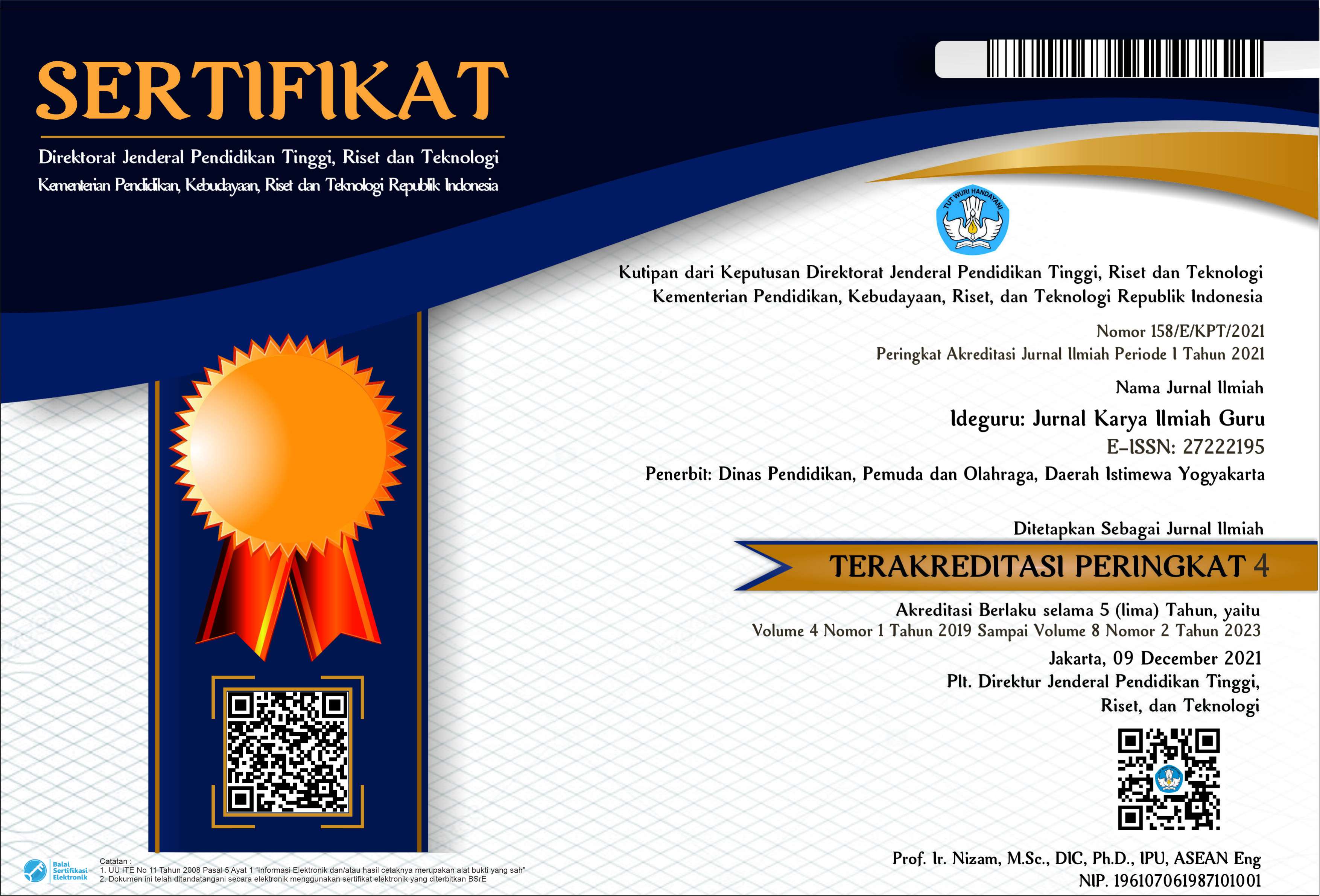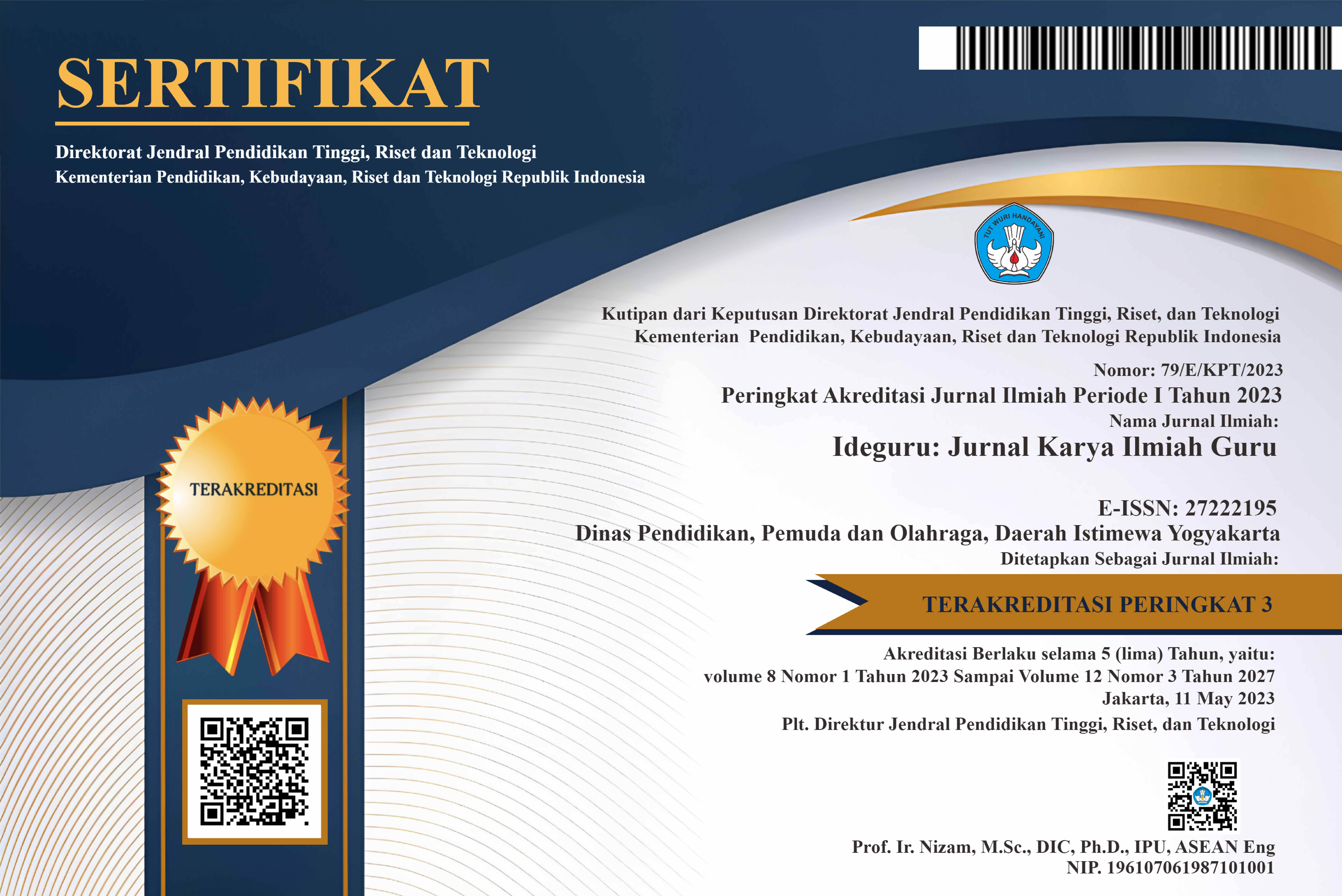Pengembangan E-Modul Terintegrasi Petunjuk Metakognitif dan Regulasi Motivasi untuk Meningkatkan Kemandirian dan Hasil Belajar Siswa
Abstract
Learning independence is highly important for vocational high school (SMK) students, as they are expected to be able to adapt to a continuously evolving work environment that demands rapid adjustment. Innovation is needed to create a learning environment that supports students in developing learning independence. This study developed a basic pattern e-module to assist fashion design students in fostering self-directed learning by emphasizing the development of metacognitive skills and enhancing learning motivation through guidance integrated within the e-module. The research employed the ADDIE development model. The media development stage was carried out through two trial phases: an initial trial and a field trial, involving media experts, subject matter experts, and users. The results of the e-module development showed a feasibility score of 98% from media experts and 88% from subject matter experts, both categorized as very feasible. The practicality test by the user group reached 88%, categorized as very practical. The implementation data indicated that the e-module could improve learning independence by 61% and increase learning outcomes by 60%, both categorized as moderate. These findings suggest that the e-module integrating metacognitive guidance and motivational regulation can support the development of learning independence and has been proven to enhance the learning outcomes of students at SMK Negeri 1 Kendal.
PDF Downloads
Copyright (c) 2025 Nur'ainy, Sujarwo

This work is licensed under a Creative Commons Attribution 4.0 International License.

 DOI:
DOI:













